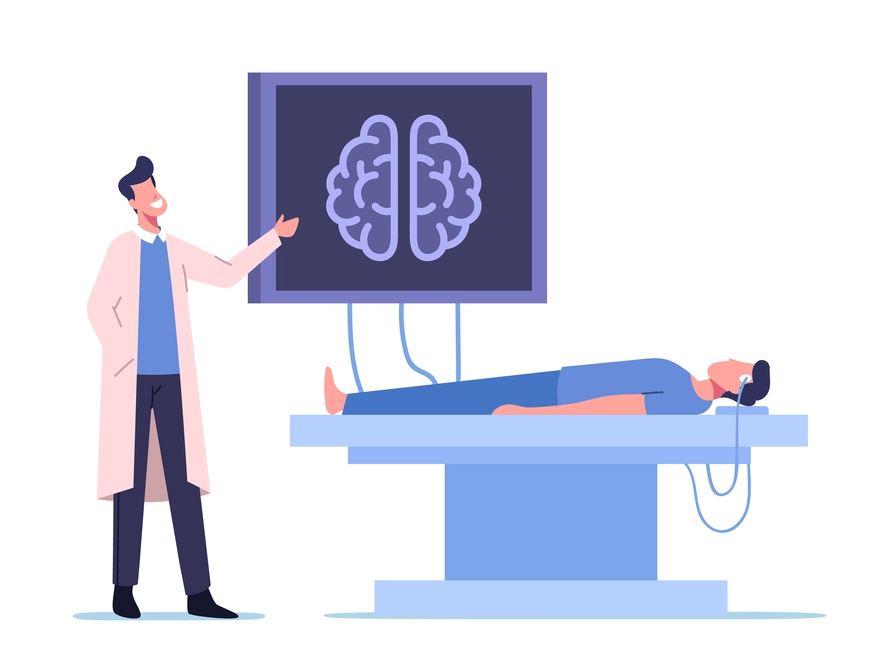Preventive Healthcare
Whole Genome Sequencing and Next Generation Sequencing (NGS) Technologies

Table of Contents
Drug resistance in Mycobacteria Tuberculosis (MTB) is attributed to the point mutation in a specific target gene. Using targeted NGS seems to hold much promise regarding early diagnosis of drug-resistant tuberculosis. The World Health Organisation's End of TB strategy is based on providing universal access to methods of early diagnosis and comprehensive drug susceptibility tests for all individuals with TB. This is one of the critical components of patient-centric care.
This article expresses the views of Dr. Niranjan Patil, HOD and Scientific Business Head, Clinical Microbiology and Molecular Biology at the Global Reference Laboratory, Metropolis Healthcare Limited, Mumbai. He is a leading expert in Metropolis Healthcare. He aims to help you understand just a little bit more about targeted sequencing that can be attained through Sanger sequencing, Pyrosequencing, and Next-generation sequencing (NGS).
Basis of DNA testing
Each strand of DNA consists of 4 chemical units known as nucleotides. They make up your genetic alphabet. These include Adenine (A), Guanine (G), Cytosine (C), and Thymine (T). Sequencing of these nucleotides is what determines the meaning of all the information or genetic code in that part of your DNA. If these sequences get disturbed, it can lead to different forms of mutation known as
- Deletion
- Substitution
- Addition
- Deletion mutation
- Point mutations, etc.
DNA sequencing refers to the technology or methods used to determine the order or sequence of the 4 base nucleotides (A, G, C, and T). This can be used to understand any kind of mutation that may have occurred in the genes. In the case of MTB, drug resistance is detected using Targeted sequencing. This helps generate information about a small area known as the genetic locus of interest. Whole genome sequencing (WGS) on the other hand provides a breakup of the entire genome of MTB in your sample.
Targeted gene testing vs Whole genome sequencing
As mentioned earlier, drug resistance in MTB occurs due to a target mutation in a specific gene. This is why it is beneficial to use targeted gene testing like Sanger sequencing, Pyrosequencing, and Next-generation sequencing (NGS). New developments in NGS technology have enabled the routine use of this technique for targeted NGS and WGS of Mycobacterium tuberculosis complex samples (MTCS), especially in high-resource settings.
Whole genome sequencing using NGS has a lot of potentials to give a quick diagnosis of drug-resistant tuberculosis. Several challenges associated with conventional phenotype testing are now easily overcome with the help of WGS using NGS methodologies.
At the same time, the WGS approach by NGS also overcomes other shortcomings of less comprehensive molecular tests like real-time PCR, CBNAAT tests, or line probe assays because of its quick, exhaustive, and detailed nucleic acid sequence information for whole genomes as well as multiple genetic regions of Mycobacterium tuberculosis.
Uses of NGS
Currently, NGS is used for
- Predicting TB drug resistance phenotypes by detecting variants in mycobacterial genomic sequence.
- Identifying and recognising different strain lineages of mycobacterial species to survey TB.
- Recognising and identifying genetically related strains to determine which is the transmission chain and using this information to break the chain of transmission.
- Resolving different results that have been obtained using different technologies.
- Diagnosing mixed infections.
- Predicting heteroresistance.
- Identifying novel drug resistance mutations that may not be covered under less comprehensive rapid molecular assays.
- Identifying point mutations.
- For screening and predicting resistance to retreatment.
Who can benefit from Whole genome sequencing tests?
- Patients suspected of multidrug resistance.
- Patients with bacteriological confirmed MTB complex.
- Patients with rifampicin-resistant MTB complex detected using a phenotypic or molecular assay.
- Patients whose first or second-line therapy fails.
- Patients who have experienced a relapse of MTB complex infection.
- Patients whose first-line antimycobacterial therapy was discontinued but now want to re-initiate it.
- Patients with an underlying predisposition make treatment difficult.
- Patients that are in close contact with known MDR/XDR cases.
While factors like higher initial cost, integration into the existing laboratory workflow, and the need for technical expertise to perform, analyse, and interpret these results have been a hamper to the growth of such techniques, there has been an increase in the number of patients utilising and adopting these techniques.
Conclusion
At Metropolis Health, we currently offer whole genome sequencing tests in which 18 different anti-TB drugs are tested simultaneously. Reflex strategies for TB diagnostics include genotypic molecular tests and phenotypic DST. To provide convenience to our customers, we provide different packages at affordable rates for patients and clinicians in challenging clinical scenarios. Find out more about our services today.



































